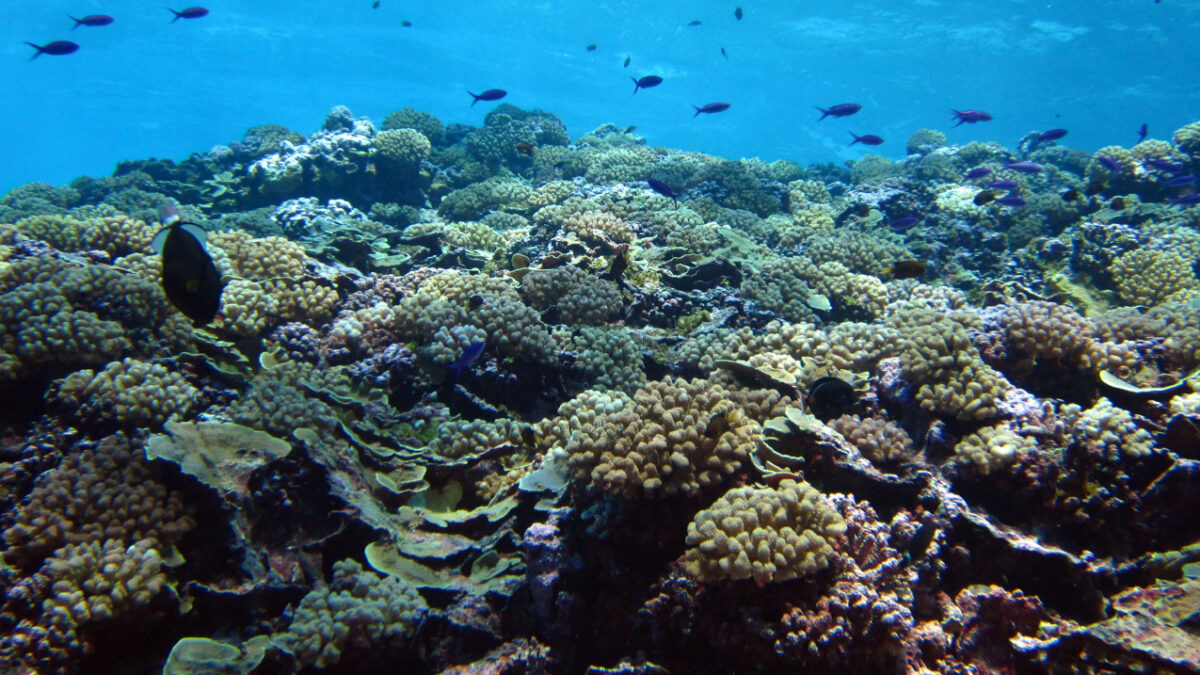Full Recovery for Coral Reef Within 4 Years

In a groundbreaking discovery, scientists studying coral restoration in Indonesia found that artificially restored coral reefs can regrow as quickly as naturally occurring reefs just four years after transplantation.
With many reefs worldwide facing threats from stronger storms and acidic seas, the finding demonstrates that humans can rapidly rebuild damaged reefs as long as corals can survive in the water.
The study was conducted at the Mars Coral Reef Restoration Program in South Sulawesi, Indonesia, one of the largest restoration projects globally. It involved an international team of marine biologists. The site had been devastated by dynamite fishing 30 to 40 years ago. At the project site, structures called “reef stars” are anchored to the seafloor to provide a foundation for coral larvae to attach and grow.
Ines Lange from the University of Exeter, UK, explains that assessing the carbonate budget provides insights into whether a reef is growing or deteriorating. Positive reef growth is vital for mitigating sea-level rise, protecting coastlines, and providing habitat for reef organisms. Four years after coral transplantation onto the metal reef stars, the net carbonate budgets have tripled and resemble those of healthy control sites. However, restored reefs tend to have lower species diversity due to the preference for branching coral in restoration efforts.
Lange expresses surprise at the speed of recovery observed, emphasizing that a complete restoration of reef framework production within four years was unexpected. The method of calculating reef restoration through carbonate budgeting is novel and offers a straightforward means of assessing a reef’s health.
Tim Lamont, a co-author of the study from the Lancaster University Environment Center, UK, underscores the need for longer-term evaluation of restored reefs to fully understand their potential. Nonetheless, the success achieved at Mars demonstrates that with efforts to stabilize the climate, humanity can mitigate some of the damage inflicted by climate change on coral reefs.
Artificial reef transplanting often facilitates quicker recovery compared to natural regeneration due to strategic placement, optimized design features, controlled densities, protection from human activities, rapid deployment, and selective species introduction. By situating artificial reefs strategically and designing them to maximize habitat suitability, they provide immediate substrate for coral colonization and minimize competition among organisms. Additionally, their placement in less disturbed areas can offer protection from human disturbances, further aiding recovery. Rapid deployment and the introduction of resilient or fast-growing species contribute to accelerating the regeneration process.